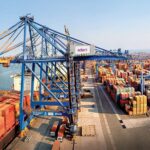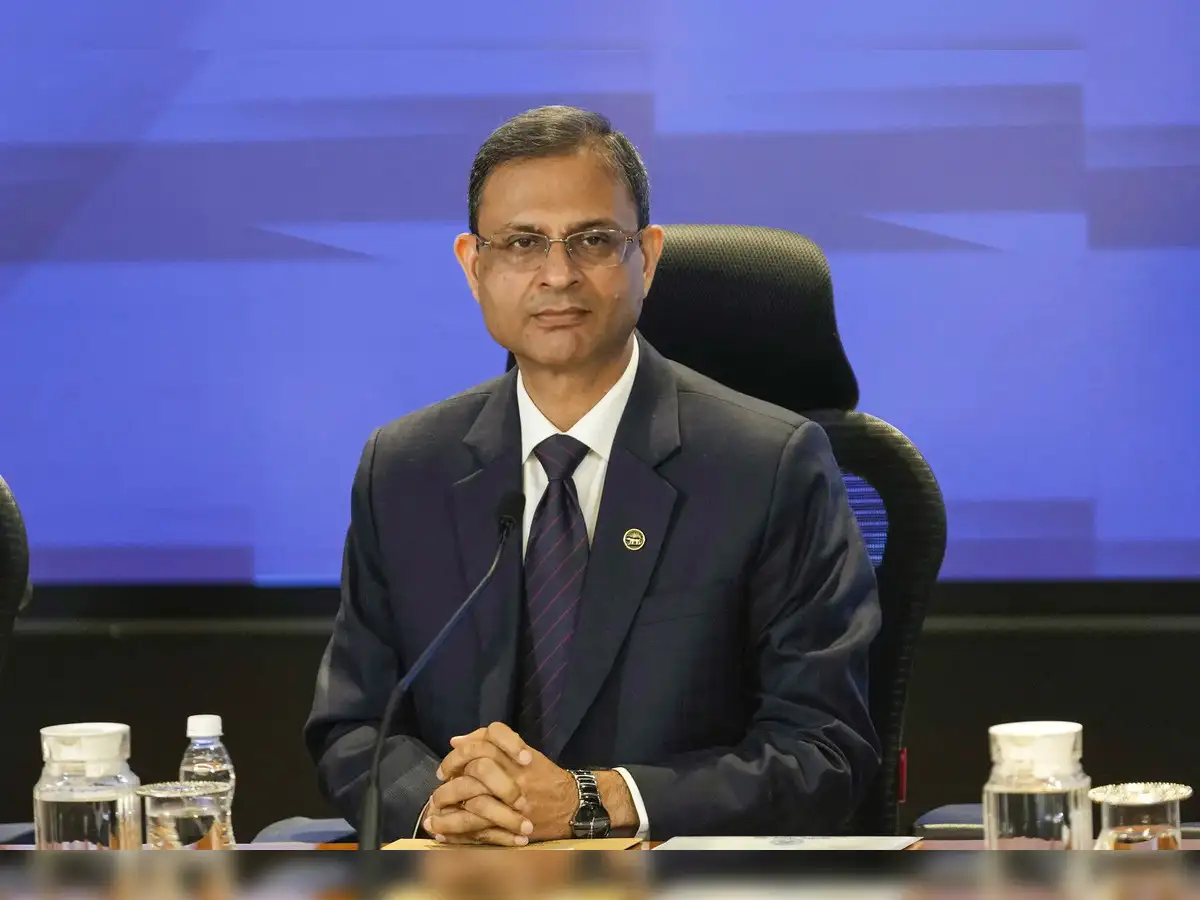A tragic road accident in Saudi Arabia has left the Indian community across the world in a state of shock and grief. More than 40 Indians are feared dead after a Medina-bound bus collided with a diesel tanker, causing a massive fire on a key highway between Makkah and Medina. Early reports confirm that a majority of the passengers were pilgrims from Hyderabad, who had travelled to Saudi Arabia to perform Umrah and visit sacred sites.
This heartbreaking accident has triggered immediate responses from the Indian government, the Saudi authorities, and international agencies, all working together to support survivors and identify victims.
1. Understanding the Tragic Saudi Arabia Bus Accident
The incident occurred on one of the busiest highways in Saudi Arabia. A pilgrim bus carrying Indian nationals collided with a diesel tanker, leading to one of the deadliest accidents involving Indian pilgrims abroad in recent years.
Key Facts:
- The bus was traveling toward Medina, carrying mostly Indian Umrah pilgrims.
- The diesel tanker was transporting flammable fuel, which ignited instantly.
- Over 40 passengers are feared dead, and many others are injured.
- Most victims are from Hyderabad and districts of Telangana.
- Identification of bodies is difficult due to severe burns.
The tragedy has raised major questions about road safety for pilgrims traveling across long desert highways.
2. Timeline of the Accident
A clear timeline helps understand how the disaster unfolded.
Before the Crash
- The pilgrims had completed the Umrah ritual in Makkah.
- The bus set out early in the day to Medina for Ziyarat (visits to holy sites).
- The highway had moderate traffic, including fuel tankers and long-distance buses.
The Collision Moment
- The bus collided with the diesel tanker under unclear circumstances.
- The tanker overturned, releasing diesel across the road.
- The fuel caught fire immediately due to the impact.
- Within seconds, both vehicles were engulfed in flames.
Aftermath
- The fire spread rapidly, leaving little time for passengers to escape.
- Emergency teams arrived but struggled due to intense heat and smoke.
- Survivors were taken to multiple hospitals in Medina and nearby towns.
This timeline indicates the suddenness of the event and why the loss of life was so high.
3. Who Were the Passengers?
The passengers were mostly Indian pilgrims performing religious duties.
Majority From Hyderabad
A large number of victims belonged to:
- Hyderabad
- Rangareddy
- Nalgonda
- Mahbubnagar
- Warangal
These areas have a high population of families who regularly visit Saudi Arabia for Umrah.
Travel Purpose
The passengers included:
- Families on pilgrimage
- Elderly devotees
- Long-term Indian workers performing Umrah
- Tourist groups organized by Hyderabad-based tour operators
This makes the incident even more tragic, as many had saved for years to make this spiritual journey.
4. Early Investigations: What Caused the Crash?
Saudi authorities have launched a full investigation. Several possible causes are being examined:
Driver Fatigue or Human Error
Long desert routes can cause:
- Fatigue
- Reduced alertness
- Misjudgment or delayed reaction
This is a leading factor in similar accidents in the region.
Poor Visibility
Sandstorms and dusty weather often reduce visibility, increasing accident risks.
Mechanical Failure
Brake or steering failure in either vehicle could have caused the collision.
Flammable Cargo
Since the tanker was carrying diesel:
- The impact caused a large explosion
- Flames spread rapidly
- Passengers became trapped inside
This explains the high death toll and severe burns.
5. Immediate Rescue Operations
Following the accident, emergency teams launched a massive rescue operation.
Firefighting Units
Multiple firefighting vehicles were deployed to:
- Control the blaze
- Prevent further explosions
- Clear debris
Ambulance Services
Dozens of ambulances rushed survivors to hospitals. Saudi emergency response is known for its speed and efficiency, especially during pilgrim seasons.
Evacuation and Medical Support
Survivors were treated for:
- Serious burns
- Smoke inhalation
- Trauma and fractures
Identification of Victims
Due to the intensity of the fire, authorities must rely on:
- DNA testing
- Family verification
- Personal belongings
This process may take time, adding to the emotional stress of families waiting for news.
6. Response From the Indian Government
The Indian government is working closely with Saudi authorities to assist affected families.
MEA Statement
The Ministry of External Affairs (MEA):
- Expressed deep grief
- Confirmed contact with Saudi authorities
- Dispatched officials to hospitals
- Activated emergency helplines for families
Indian Consulate in Jeddah
The Consulate is:
- Visiting accident sites
- Coordinating with hospitals
- Assisting in identification
- Helping families with travel and documentation
Telangana Government Action
Because many victims are from Hyderabad:
- Telangana opened a help desk
- Officials collected traveler information
- Arrangements for repatriation have begun
This coordination has ensured smooth communication between authorities and families.
7. Identification Challenges
This is one of the most difficult phases after the accident.
Passports Destroyed
Most passports and IDs were burned, making visual identification impossible.
DNA Matching
Authorities are collecting:
- DNA samples from victims
- Samples from family members in India
DNA-based identification ensures accuracy but can take days or weeks.
Missing Persons Lists
Families have begun providing:
- Recent photos
- Travel documents
- Details of tour operators
This helps narrow down the list of victims.
8. Emotional Impact on Families
Families in Hyderabad are devastated by the news.
Anxiety and Uncertainty
Relatives have been:
- Calling helpline numbers
- Contacting tour operators
- Gathering at local offices for updates
- Spending sleepless nights awaiting confirmation
Trauma Among Survivors
Those who survived describe:
- Flames rapidly engulfing the bus
- Difficulty breathing due to smoke
- Screams and chaos inside the vehicle
- Narrow escapes through broken windows
These experiences will leave long-term psychological scars.
Community Grief
Entire neighborhoods in Hyderabad are mourning the loss of multiple families from the same localities.
9. Financial and Social Impact
The tragedy also has economic consequences.
Loss of Earning Members
Many victims were:
- Sole breadwinners
- NRIs supporting extended families
- Middle-class workers
Their deaths put families at risk of financial instability.
Insurance and Compensation
Authorities are preparing:
- Compensation packages
- Assistance for medical bills
- Insurance claim help
Support from Indian Communities Abroad
NRIs in Saudi Arabia have offered:
- Voluntary help
- Blood donations
- Transportation assistance
This shows the strong unity of the Indian diaspora.
10. International Response and Global Coverage
The accident gained wide international media attention.
Reaction from Saudi Leadership
Saudi officials expressed condolences and ensured full support for Indian families.
Global Sympathy
Messages poured in from:
- International human rights groups
- Muslim organizations
- NRI networks
This reflects the international concern for the large Indian migrant population in Saudi Arabia.
11. Road Safety Issues on Saudi Highways
The accident has renewed discussions about safety on major highways.
High-Speed Driving
Saudi highways allow high speeds, increasing risk during emergencies.
Heavy Tanker Traffic
Fuel tankers frequently share roads with passenger buses.
Long Non-Stop Routes
Drivers often travel long distances without breaks, increasing fatigue.
Night and Early Morning Risks
Visibility is low during these hours, increasing accident chances.
12. Risk Factors for Pilgrims
Pilgrims face specific risks while traveling long distances.
Overcrowded Vehicles
Some operators overload buses, compromising safety.
Poor Vehicle Maintenance
Cheaper tour operators may use older, less-maintained buses.
Lack of Emergency Exits
Many buses do not have adequate escape options during fire incidents.
These insights highlight the need for stricter monitoring of pilgrim transport vehicles.
13. What Survivors Reported
Early survivor accounts reveal:
- A loud explosion followed the collision
- The bus was filled with smoke within seconds
- Flames blocked the main exit
- Several people fainted due to heat and smoke
Only those seated near windows or quick enough to break the glass escaped.
14. Repatriation Process
Once identification is completed, authorities will begin repatriation.
Coordination with Indian Government
India will handle:
- Transport of remains
- Clearance of paperwork
- Support for mourning families
Time Frame
Because of DNA testing, the process may take days to weeks.
Funeral Arrangements
Many families in Hyderabad are preparing for mass funerals once the bodies arrive.
15. Role of Tour Operators
Tour operators play a significant role in pilgrim safety.
Verification of Vehicles
Operators must ensure buses are:
- Safe
- Licensed
- Properly maintained
Ensuring Passenger Lists
Accurate lists help authorities during emergencies.
Travel Insurance
Tour operators should encourage pilgrims to buy insurance, which helps in situations like this.
16. Safety Measures Needed for Future Pilgrimages
The tragedy underscores the need for stronger safety regulations.
Recommended Measures:
- Mandatory regular vehicle checks
- Deployment of trained drivers
- Prohibition of night travel
- Emergency exit training for passengers
- Better monitoring of fuel tanker movement
Saudi and Indian authorities may revisit safety protocols after this accident.
17. Media Reaction and Public Debate
Indian media has widely covered the tragedy.
Questions Raised
Reporters and public figures have asked:
- Why did emergency exits fail?
- Why was a diesel tanker on the same route at the same time?
- Are pilgrim buses regularly inspected?
Public Sentiment
People across India are expressing:
- Sympathy
- Anger
- Calls for accountability
The emotional response has been overwhelming.
18. Long-Term Implications for India-Saudi Relations
The tragedy is expected to strengthen cooperation between the two countries.
Crisis Management Cooperation
More systems may be developed for:
- Emergency response
- Pilgrim safety
- Migrant welfare
Transportation Reforms
Joint initiatives could help prevent similar incidents in the future.
19. Support Systems for Families
Authorities and NGOs are offering support.
Emotional Counseling
Trauma care is essential for:
- Survivors
- Families awaiting news
- Communities that lost multiple members
Financial Aid
Compensation from:
- Indian governments
- Saudi authorities
- Insurance companies
will support affected families.











